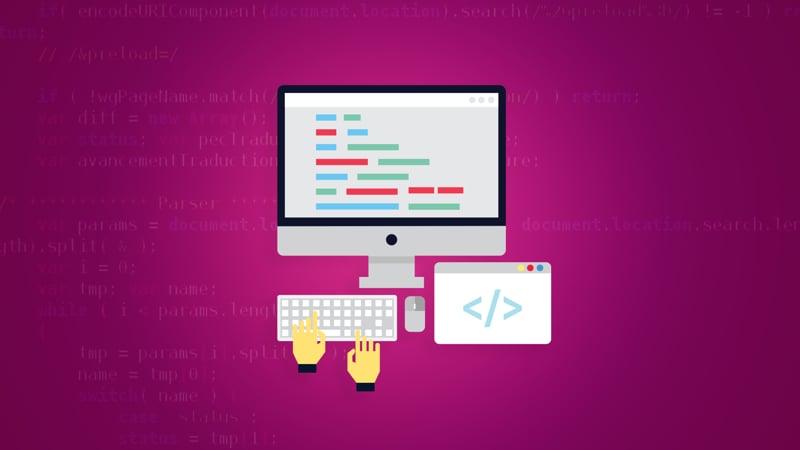Multithreading and Parallel Computing in Java
With the importance of big data and data analysis in today’s world, combing through hours of data has become a huge problem that needs to be solved. This is where Multithreading and Parallel computing...
- All levels
- English

Course Description
With the importance of big data and data analysis in today’s world, combing through hours of data has become a huge problem that needs to be solved. This is where Multithreading and Parallel computing can help! Multithreading is a simple technique that simplifies and speeds up processes by allowing the use of a single set of code by several processors at different stages of execution. This redu...
With the importance of big data and data analysis in today’s world, combing through hours of data has become a huge problem that needs to be solved. This is where Multithreading and Parallel computing can help!
Multithreading is a simple technique that simplifies and speeds up processes by allowing the use of a single set of code by several processors at different stages of execution. This reduces the time it would take to manually write and execute these codes by hand. On the other hand, parallel computing is a type of computation in which many calculations or the execution of processes are carried out simultaneously. What it basically does is divides larger problems into smaller and executable ones that can be solved at the same time.
See more See lessWhat you’ll learn
- Basic multithreading including concepts such as process vs thread, threads, runnables, volatile, join(), notify (), low and high level concurrency
- Solve complex problems with multithreading such as library project, dining-philosophers problem, etc
- How to work with different parallel algorithms such as data structure, graph or sorting algorithms and how to boost these algorithms with parallel computing
Covering Topics | Program Insights
Section 1 : Introduction
Section 2 : Multithreading Theory
Section 3 : Basic Multithreading
Section 4 : Concurrent Collections
Section 5 : Dining Philosopher Problem
Section 6 : Students Library Simulation
Section 7 : Miner Game Simulation
Section 8 : Parallel Algorithms
Section 9 : Fork-Join Framework
Curriculum
Frequently Asked Questions
This course includes
- Lectures 62
- Duration 6 Hour
- Language English
- Certificate No





